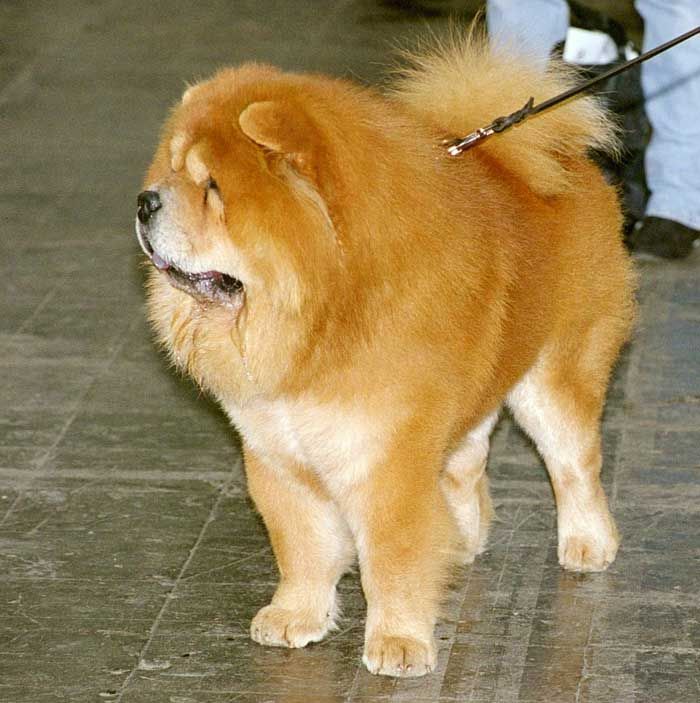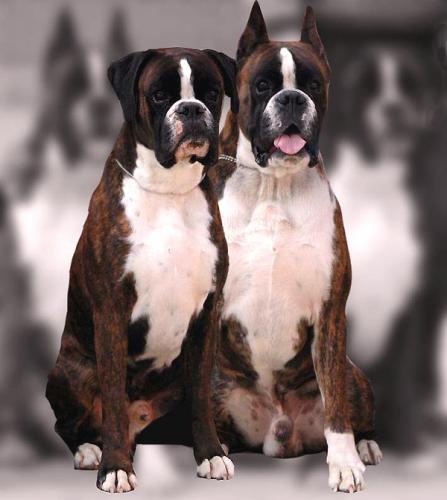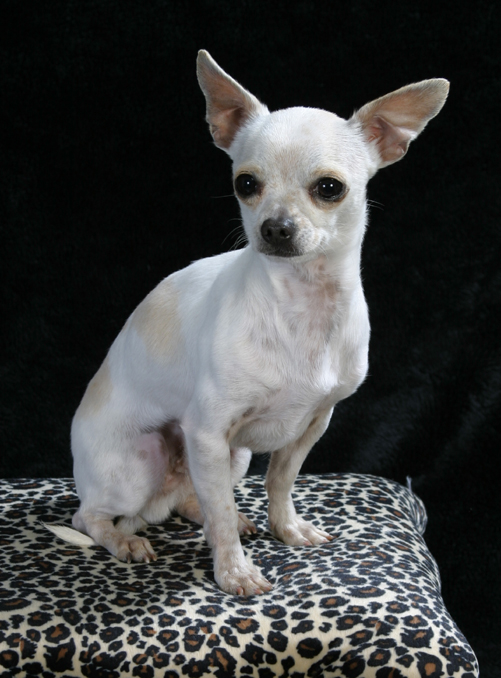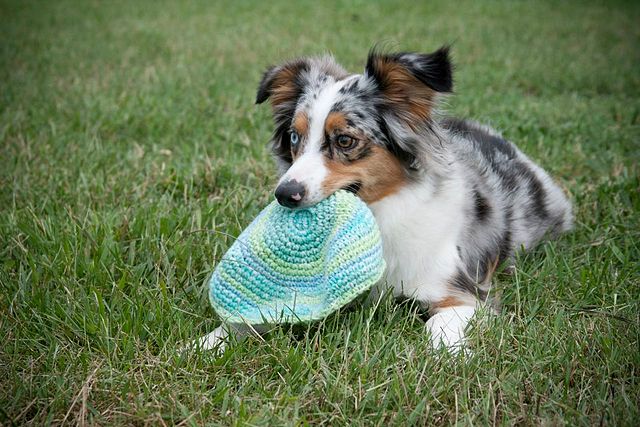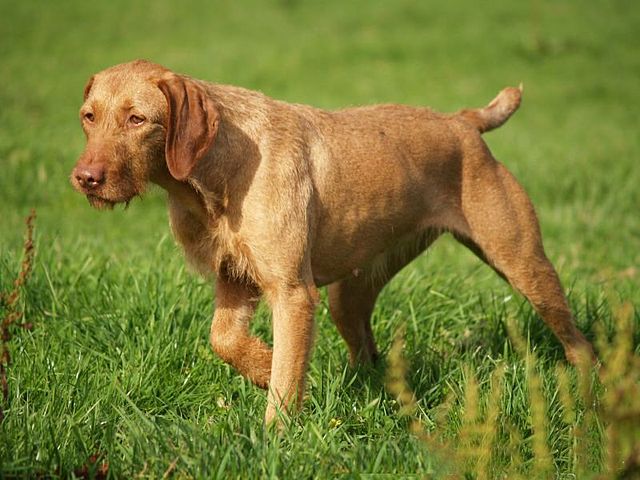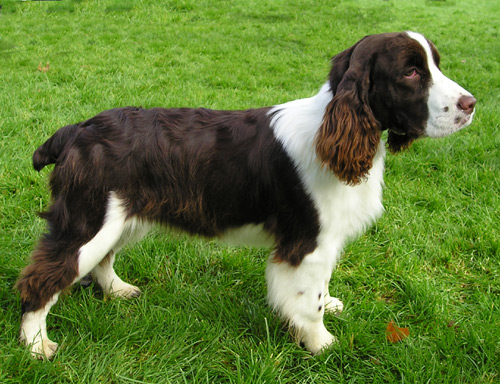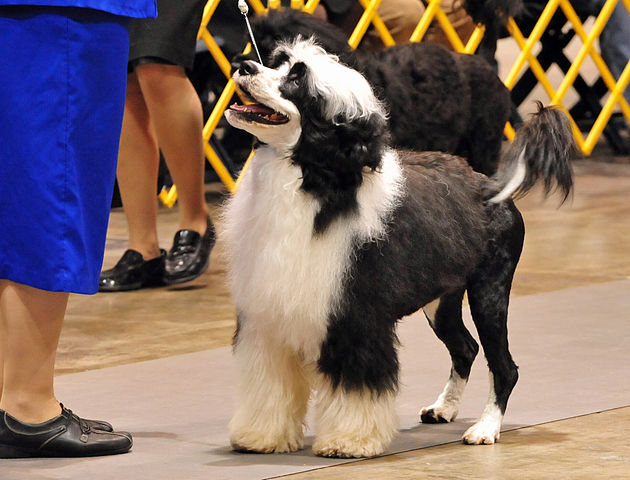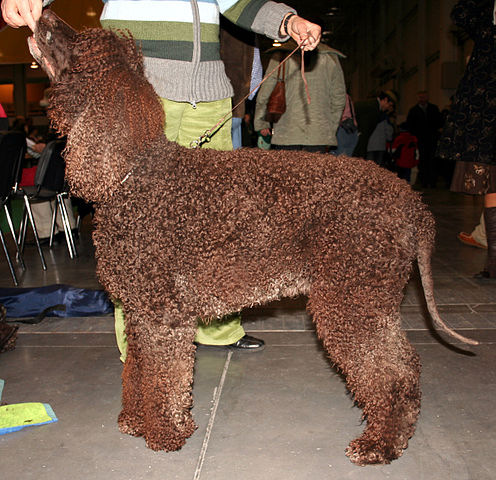The Leonberger is a powerful breed hailing from Germany. Good-natured and calm, the Leo makes a devoted companion, especially once he has matured. Puppies have more energy and can be more of a handful – especially considering that Leonberger puppies are huge! For owners who are willing to put in the time and effort, however, many find this breed to make an amazing pet. Prospective owners need to be aware that this is a very strong dog that requires regular obedience training, lots of grooming, and plenty of interaction with people in order to be happy. Leos are confident but not pushy or overly dominant.
Leos do not make good outdoor-only dogs because they crave being around people. Neither are they a good match for people with long work hours. A Leonberger must have adequate time to be with their family. A playful and affectionate breed, they love interaction and games. Left alone for long periods of time, that playful nature might cause them to invent their own games – which in turn could lead to destructive behavior. Giant breeds have the potential to be more destructive than their smaller counterparts simply because they have bigger mouths and bigger bodies to do more damage!
The breed also requires a large backyard – preferably fenced as they can be prone to wander. A giant breed such as this cannot be crammed into a small space, and needs to be able to run around freely. In addition to “yard time”, a Leo needs at least one long walk a day. Swimming and carting are other favorite activities! If a Leo does not receive enough exercise, he may develop behavior problems which may lead to over-protectiveness. Unlike some other giant breeds, the Leonberger does not do well living in an apartment. He needs room – both inside and outside – to stretch his legs.
The luxurious coat of the Leonberger needs care in order to stay healthy. Regular brushing (3-4 times a week) and bathing is necessary. There is no special trimming required – it is work, but it is easy work. Brushing will also help to keep shedding down… but either way, the Leo will shed quite a lot (twice a year, it will be extra bad)! A good vacuum cleaner is a must for owners of Leonbergers – that hair will get everywhere!
Leonbergers normally are very friendly to other dogs. These gentle giants also get along well with children, although may inadvertently knock down toddlers. They do best with older kids for this reason. Otherwise they generally don’t mind screaming or the fast-paced movement of children, and are relatively relaxed and easy-going. They keep this same attitude when meeting new people, young or old. Their mellow temperament also makes them ideal for visiting new places and experiencing new things. Most Leos are happy just to be with their owners – the new experiences are the icing on the cake!
Leos love the cold and enjoy playing in snow, but are able to live in hotter temperatures if their owners take extra precautions. No need to shave these dogs down as long as they are kept brushed out, so the air can reach the skin! Otherwise, just use common sense. Don’t keep them outside or force them on a walk if the weather is too hot. Keep them in air conditioning once the temperature begins to rise. With proper care, this breed is otherwise fairly healthy although unfortunately they do not have particularly long lifespans. Seven to eight years is considered average.
Although intelligent, the Leonberger is not always easy to train. They may retain puppy behaviors such as mouthiness for a longer-than-average time period. With patience, however, these German molossers can learn obedience as well as any other trick you may want to teach them!

Photo By Irmavgog from nl

